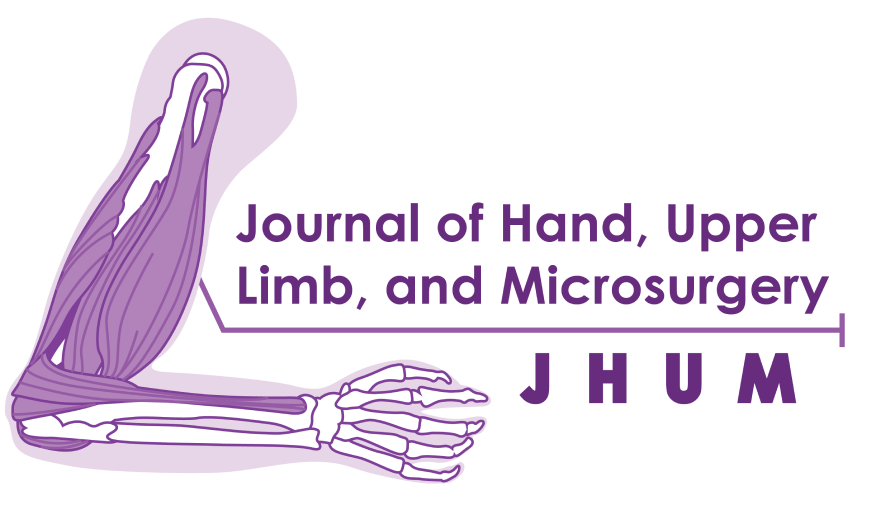Demographic Profile of Chronic Glenohumeral Joint Dislocation Patient in Tertiary Orthopaedic Hospital, Surakarta
DOI:
https://doi.org/10.59452/jhum.v2i1.129Keywords:
Chronic Glenohumeral Joint Dislocation, Chronic dislocation of shoulder, Concomitant Fractures, DASH, VASAbstract
ABSTRACT
Introduction: Chronic dislocation of shoulder defined as a loss of recognition of shoulder injury for several days. The main etiology of this injury was trauma, alcoholism, or seizures. Chronic dislocation of shoulder caused many pathological changes in the bony and soft tissue.
Methods: This is a retrospective study that was conducted by the authors in 2019-2021. The data were collected from electronic medical record, which included demographic information, duration of dislocation to treatment, complications using DASH questionnaire and visual analog scale score.
Results: There were 30 patients of all, which males 19 (63,3%) were more than females 11 (36,7%) with the peak male distribution was age group 40-49 and >60 years and the peak female distribution was age >60 years. Anterior dislocation was the most common type (n=28, 93,3%) followed by posterior dislocation (n=1, 3,3%) and inferior dislocation (n=1, 3,3%). The right side of the shoulder was more frequently affected (n=23, 76,7%). Concomitant fractures were found in the isolated shoulder dislocation group (n= 19, 63,3%) and in the fracture dislocation group (n=11, 36,7%). DASH highest and lowest score was 69,2 and 0 with average of 18,7. VAS highest and lowest score was 2 and 0 with average of 0,23.
Discussion: The glenohumeral joint was commonly dislocated (60%–98% of traumatic glenohumeral dislocations being anterior). The highest incidence was found in the age group >60 years, with the most dislocated side being anterior (93.3%) and the dominant side was more frequently affected. Chronic shoulder dislocation was recorded more in men than women in literature whereas no provided explanation for the sex-related incidence differences. Greater Tuberosity (GT) fractures were the most frequent complications of anterior dislocations although in our study, fracture dislocations were found in 11 (36.7%) patients. Open reduction Improves the clinical outcome, pain, and function with a DASH score of <30, showed the disorder does not cause daily living problems.
Keywords: Chronic Glenohumeral Joint Dislocation, Chronic dislocation of shoulder, Concomitant Fractures, DASH, VAS

